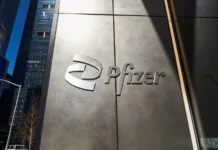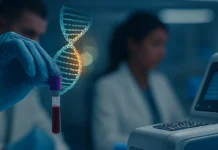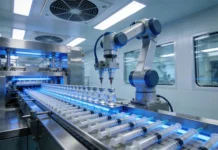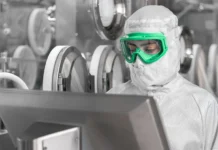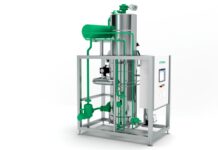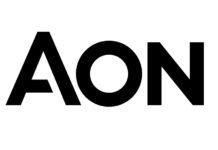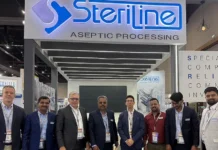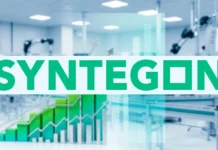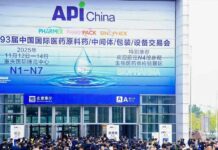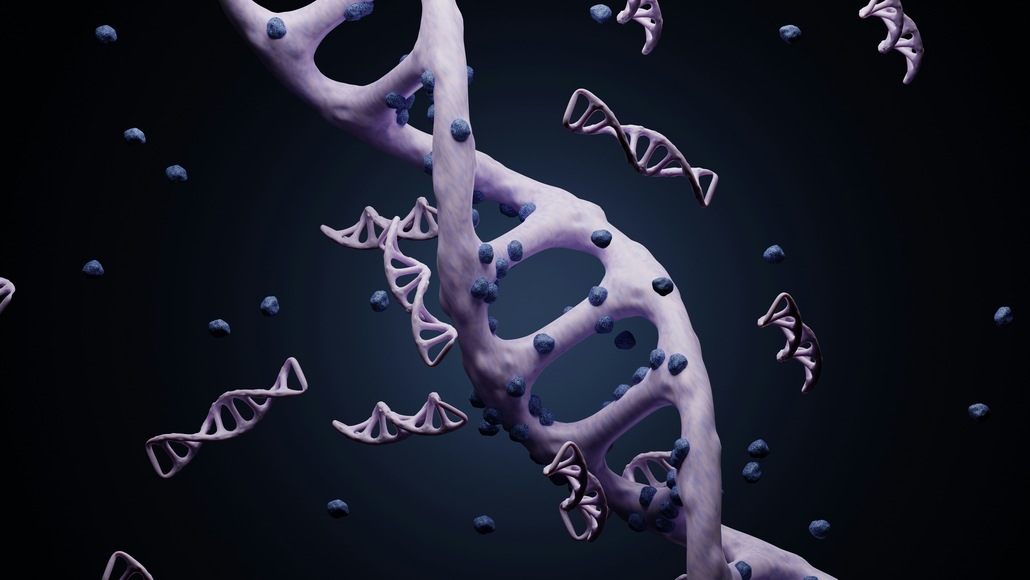It is noteworthy that cell and gene therapies, or CGTs, have shown great promise in the treatment of a variety of illnesses, including cancer and neurological disorders. However, in addition to their possible benefits, they also pose serious and perhaps costly obstacles. In contrast to conventional therapies, which typically call for storage at room temperature, occasionally chilled between 2 and 8°C, or frozen between 15 and 25°C, CGTs require ultra-cold temperatures, which can range from –4°C to cryogenic levels below –150°C. As a result, they are extremely sensitive to changes in temperature. The truth is that the viability of a product might be jeopardized by even the smallest departure from these sorts of temperatures.
Biotech companies are pushing for the need for strong cold chain solutions by giving priority to the development of CGT, which is seen as disruptive to conventional medicines. Many are collaborating with contract drug manufacturing organizations, or CDMOs, in order to expand their market reach and improve the efficiency of their supply chains. Consequently, CDMOs are making investments in cutting-edge technology to meet this increasing demand.
Repositories of biological materials
Businesses that are creating CGTs must have a suitable, flexible storage space for their samples in the appropriate temperature ranges. However, smaller businesses may find this to be a serious problem since they often lack the funds, time, or resources needed to set up in-house facilities. Compared to creating an internal biorepository, CDMOs provide specialized knowledge and instant access to state-of-the-art facilities at a reduced cost. Additionally, they make significant investments in cutting-edge technology, backup systems, and risk-reduction techniques to guarantee the security of the samples that are being kept.
Furthermore, the CDMOs are capable of providing more services than merely storage. For instance, Thermo Fisher Scientific expands its capacity to provide cutting-edge cold chain laboratory services, such as sample processing and analysis in state-of-the-art laboratories. This all-encompassing strategy ensures that samples are handled effectively throughout the storage process, improving overall effectiveness and even quality control.
Labeling
It becomes more difficult to label items that are kept at ultracold temperatures, which calls for creative solutions. At cryogenic temperatures, conventional labels continue to have trouble adhering correctly on vialed items. Because the CGTs need cryogenic or ultracold storage to maintain their integrity, packaging must include labels that can withstand temperatures below zero.
In the future, CDMOs have created specific labeling options for vialed goods kept at cryogenic temperatures. Adhesion to the vial is ensured by using labels designed specifically for ultralow temperatures. Furthermore, the viability of CGTs may be impacted by time spent outside. With the help of specialized secondary packaging and labeling suites and a knowledgeable labeling crew, CGTs may be packed and labeled effectively in a setting that smoothly maintains the necessary temperature settings without any interruptions.
Both logistics and distribution
Transporting these valuable and fragile goods across such distances, often spanning many nations, is a challenging challenge when it comes to CGT distribution. In order to ensure the integrity and quality of the items throughout the transit phase, this has in fact increased the demand for tracking technologies as well as specific cold chain packaging solutions.
In order to provide their consumers access into their goods and reassurance about their safety, CDMOs have used these technologies. Proactive monitoring, risk aversion, and quick reactions to temperature variations during transportation are all made possible by real-time tracking technologies. This is done to ensure that regulatory compliance is maintained while also protecting the integrity of items. Advances in cold chain packing have led to the introduction of various temperature-controlled systems, including cryogenic dry shippers, and passive solutions that use coolants and insulators. Longer distance stability is ensured by these designs, which also happen to improve resilience against a variety of obstacles, such as delays in customs clearance and severe weather.
It is important to highlight that knowledgeable CDMOs may use their experience to find appropriate monitoring and cold chain shipping options that are tailored for each client, saving time, money, and guaranteeing the product’s safety.
Worldwide Infrastructure
The truth is that, as CGT clinical trials expand, having access to a strong infrastructure that can continue to provide end-to-end cold chain solutions across key global markets and strategically located locations is essential for guaranteeing prompt and dependable access to the necessary services and shortening treatment times. In order to boost cold chain solutions across its worldwide network, Thermo Fisher Scientific has continued to make significant investments in recent years, building new facilities while also extending its current ones. One notable instance of this is the creation of the Cell and Gene Therapy Center of Excellence facility in Bleiswijk, Netherlands. This facility aims to address the growing demand in the area by offering full cold chain solutions across Europe.
The truth is that CDMOs, like Thermo Fisher Scientific, continuously invest in bolstering their cold chain solutions with new and innovative technologies as the healthcare spectrum continues to advance. This allows them to support the growing demand for CGT products and, as a result, become more strategically positioned to meet the constantly changing needs of their clients.



